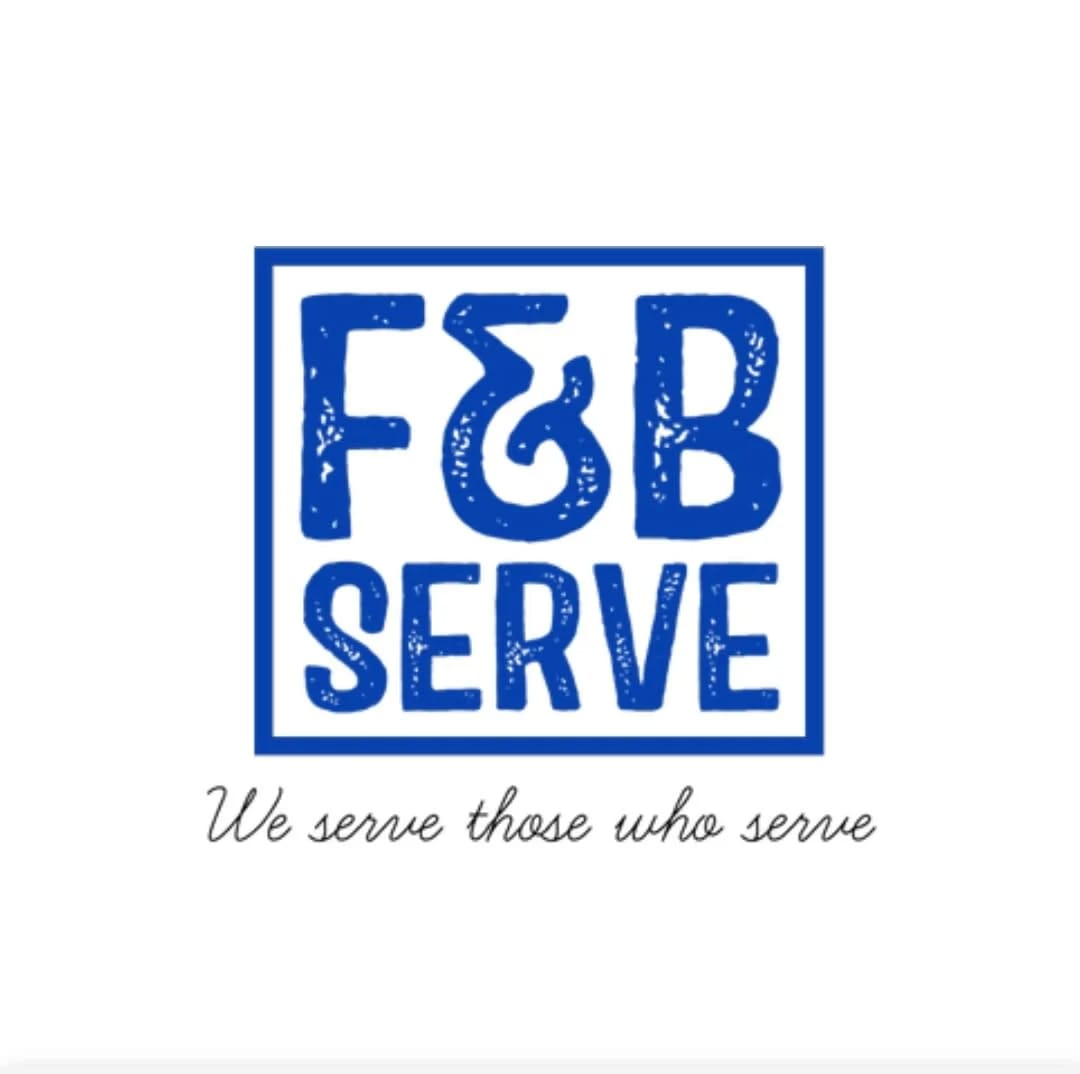
How to Calculate Cost of Goods Sold: Formula & Information

Do you know your restaurant's cost of goods sold? You should.
Running a successful restaurant or bar requires a thorough grasp of accounting principles. Cost of goods sold, or COGS, is an integral measurement that helps a restaurateur increase restaurant sales and ensure restaurant or bar profitability.
Calculating COGS is also a vital step in finding a restaurant's food cost and liquor cost These two numbers show the total percentage of a restaurant's expenses that are dedicated to food and beverage inventory.
It's important to learn how to manage costs in restaurant business. Without these measurements, running a successful business is nearly impossible and you'll end up a part of the restaurant failure rate.
We'll run you through the cost of goods sold, how to measure it, and give you the tools to succeed on your own.
What Is Cost of Goods Sold?
Cost of goods sold is the total cost of all materials or ingredients used to produce an item. COGS does not include other operating expenses like utilities, wages, or other overhead expenses. These costs are measured separately and are used in conjunction with COGS to find the prime cost of a restaurant and other important metrics. Measuring COGS allows restaurateurs to track their spending on ingredients and adjust purchasing or pricing as needed.
What Is Cost of Goods Sold in a Restaurant?
Cost of goods sold in a restaurant is the cost to make all the drinks and food sold during a given time period. COGS is not measured for each individual dish or drink sold. This would be too difficult and time-consuming. Instead, total inventory count is used to calculate COGS.
Average Cost of Goods Sold Restaurant: Industry Average
The average cost of goods sold in the restaurant industry varies, but the cost of goods sold percentage is between 28% and 32% of revenue. This range primarily depends on two factors.
- Size of a business. Since smaller businesses cannot buy and store supplies in bulk, they can't take advantage of volume discounts. Furthermore, smaller businesses can’t pass these higher costs on to their customers in the form of higher prices.
- Value of the food. If you sell dishes for a high price, you likely use ingredients that are expensive, resulting in a higher COGS. This isn't always a bad thing as the total revenue and profit from these dishes are also higher than less expensive ones. That's why it's important to train your staff on ow to upsell.
Frequently Asked Questions About Cost of Goods Sold
Beyond that dive into what cost of goods sold is, there are a few other things you should know. From the COGS formula, to calculating the total cost of goods sold, to a cost of goods sold example. Beyond the question of "what is cost of goods sold?" these following questions and examples will help you on your way to understanding the cost of goods sold and why it's important for a restaurant or bar owner.
How to Calculate Cost of Goods Sold?
To calculate the cost of goods sold for restaurants, you need to know how to take inventory. You'll be taking inventory twice when measuring COGS. Once at the start of the inventory period period (also known as starting inventory) and once at the end (ending inventory). You'll also have to factor in any inventory ordered during that time (received inventory). Plugging these numbers into the formula below will let you know the amount of inventory used.
Cost of Goods Sold Formula
The cost of goods sold formula, or COGS formula is:
Beginning Inventory + Received Inventory- Ending Inventory = COGS
Restaurant Cost of Goods Sold Spreadsheet
You can also calculate your restaurant's cost of goods sold using this free downloadable cost of goods sold worksheet.
Once you download it, you can edit the cells and it'll do the calculations for you. Input the products on hand from your starting and ending inventory as well as all inventory received that month. You’ll see an example of a diner's inventory for reference. Once you understand how it works, try entering your own stock levels. You can also invest in restaurant accounting software to further streamline the process.
That's Some Good Accounting
Now that you know how to calculate the cost of goods sold, you can use that information to make better decisions. COGS is also a major part of prime cost, which is one of the most important metrics used in determining your business plans and knowing how to price a menu. It also impacts you r restaurant balance sheet so stay on top of it to avoid losses.
Maintaining a profitable business means setting goals and adjusting plans and prices as necessary. For example, if you sell alcoholic beverages, you can use your cost of goods sold to determine recipe pricing, beer pricing, and alcohol pricing. It can even help you adjust the individual price per glass of wine and wine price. It truly is a major factor in all business decisions.
Send a Message
Contact Me
Give us a call
(561) 581-3735Send us an email
[email protected]